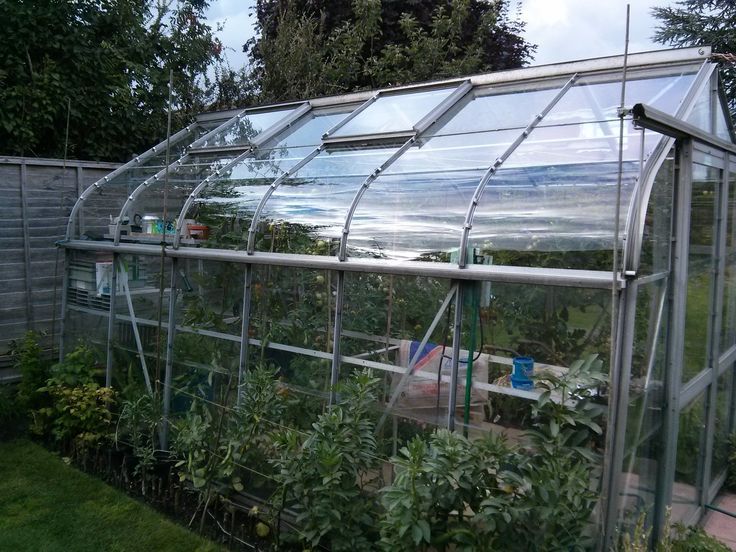When it comes to growing flowers or vegetables, very few people would consider January as the month in which to start planting seeds, and for the most part they would be right. Spring and Autumn tend to be the best time for sowing and growing most things, but if your new year's resolution is to take better care of your garden or save money by growing your own vegetables then there really is no need to wait, you just need to know what to plant in January.
 In cool, temperate climates like the UK is prone to having during the month of January, you can plant the following vegetables and reasonably expect a good harvest:
In cool, temperate climates like the UK is prone to having during the month of January, you can plant the following vegetables and reasonably expect a good harvest:

Alternatively, if you have enough space and you're serious about gardening, you may want to consider erecting a green house or putting together a cold frame. Though they have different names, both cold frames and green houses serve the same purpose, and that is to protect plants and shelter them from animals and the ravages of the weather. The structure of the two are also generally geared toward trapping any heat that comes in, making it easier for you as a gardener to grow your favourite flowers (or even vegetables) out of season.
Depending on what kind of area you live in you may need to protect your flowers and vegetables from roaming wildlife who might tread on or dig up and consume the fruits of your labour. In order to protect small plots of land we offer the a range of electric fencing, which contains all you could possibly need to protect your flowers and vegetables from pests and pets.